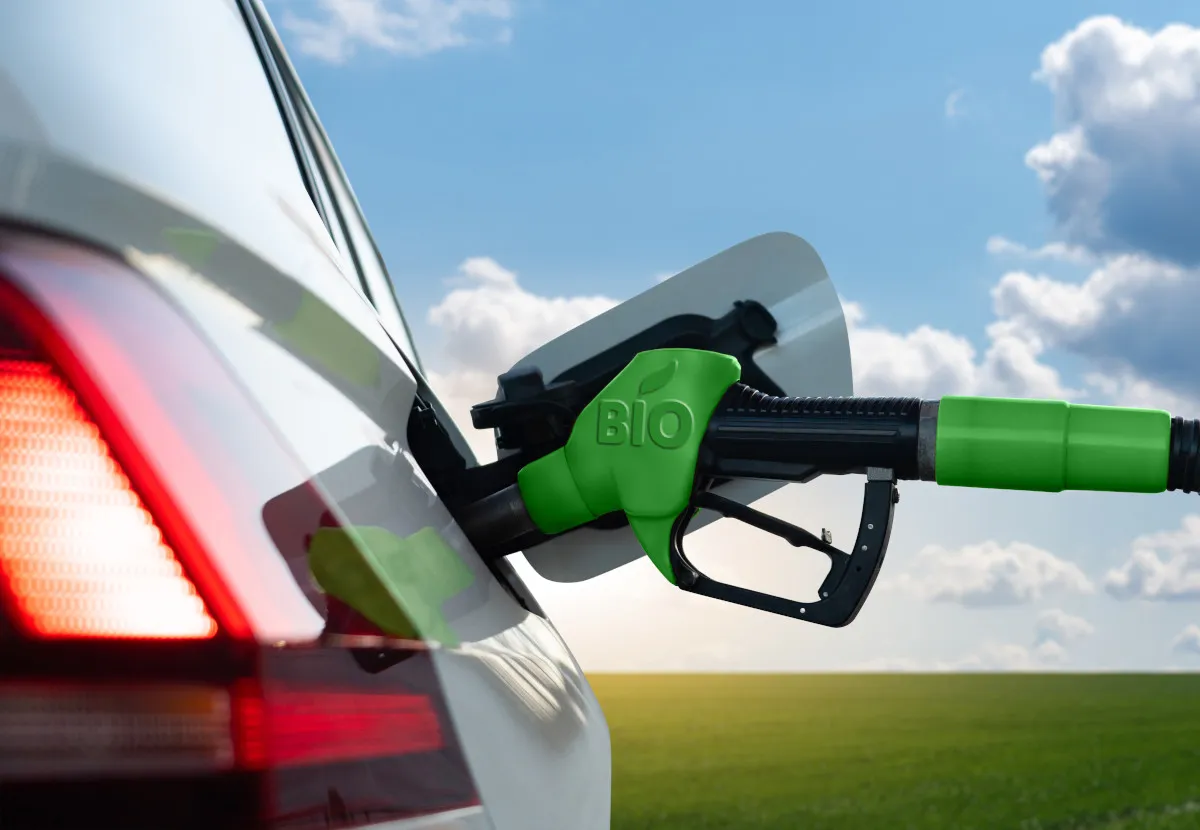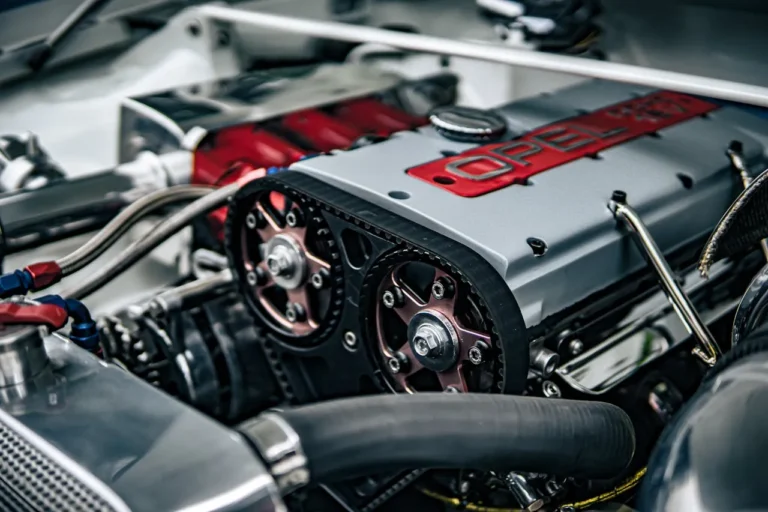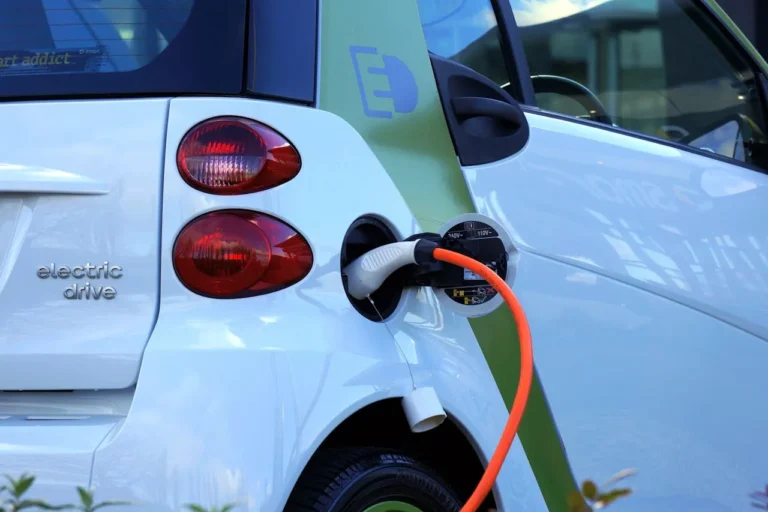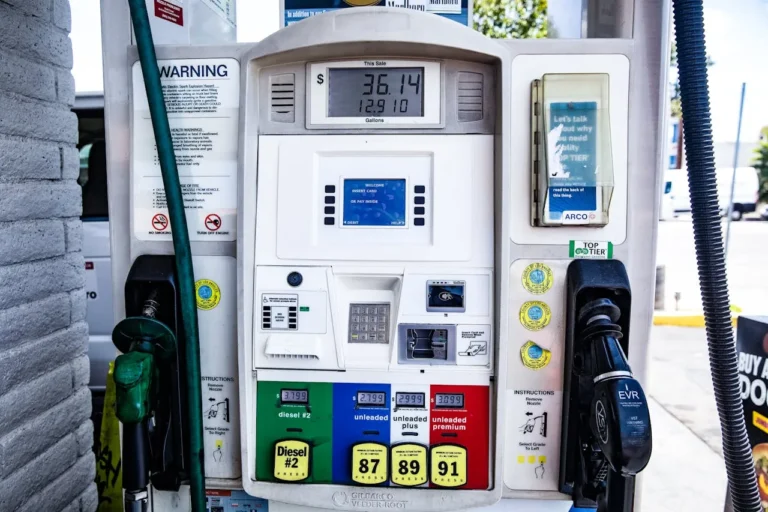
The E-Diesel Market is witnessing significant growth, fueled by the global transition towards cleaner and more sustainable energy sources. Advancements in fuel production technologies and the increasing demand for carbon-neutral alternatives in transportation and industrial sectors are driving this shift. The recently published report, ” Market – A Global and Regional Analysis: Focus on End-Use Industry, Energy Source, Technology, and Region – Analysis and Forecast, 2024-2033,” provides an in-depth look at this growing market, offering valuable insights for stakeholders.
The Promise of E-Diesel
a synthetic fuel produced through processes such as power-to-liquid (PtL), offers a viable solution for reducing carbon emissions. It utilizes existing infrastructure, E-Diesel making it particularly attractive for countries and industries aiming to decarbonize without overhauling their energy systems entirely. Produced from renewable energy sources like wind and solar power, e-diesel enables the use of diesel engines while significantly reducing their environmental impact.
Key Drivers of Market Growth
- Climate Change Mitigation: Governments worldwide are implementing stricter emissions regulations and ambitious decarbonization targets. is emerging as a critical component in these efforts, providing a sustainable alternative to traditional fossil fuels. Its ability to reduce CO2 emissions makes it an environmentally friendly option for hard-to-electrify sectors such as transportation, shipping, and aviation.
- Utilization of Renewable Energy: The adoption of electrification technologies and the increasing surplus of renewable electricity are pivotal to production. Processes like carbon capture and utilization (CCU) allow companies to convert CO2 emissions into usable fuels, advancing sustainable production methods.
- Compatibility with Existing Infrastructure: One of significant advantages is its compatibility with current infrastructure. This feature enables a seamless transition to cleaner energy systems without necessitating extensive modifications to existing engines or fuel distribution networks.
E-Diesel in Hard-to-Electrify Sectors
Transportation, shipping, and aviation are among the sectors that benefit most from e-diesel. These industries face challenges in achieving zero emissions due to technological and logistical constraints. E-diesel bridges the gap by enabling these sectors to reduce their carbon footprints while continuing to operate efficiently.
Advancements in Production Technologies
Technologies such as Fischer-Tropsch synthesis and electrochemical reverse water-gas shift (eRWGS) are at the forefront of production. These methods not only enhance fuel efficiency but also contribute to reducing greenhouse gas emissions. By integrating renewable energy into these processes, the market aligns itself with global sustainability goals.
Regional Insights
- North America: The region is witnessing significant investments in production facilities, driven by supportive policies and the increasing demand for sustainable fuels.
- Europe: Leading the way in regulatory initiatives, Europe is a major player in the e-diesel market. The region’s focus on renewable energy and decarbonization has fostered advancements in technologies.
- Asia-Pacific: Rapid industrialization and urbanization in this region are creating opportunities for adoption, particularly in transportation and manufacturing sectors.
- Rest of the World: Emerging markets in South America, Africa, and the Middle East are exploring the potential of as part of their sustainable development strategies.
Market Dynamics
Trends and Future Impact
- The rising popularity of renewable energy sources is a significant trend driving the market.
- Innovations in carbon capture and fuel synthesis technologies are expected to shape the market’s future.
- Collaborative efforts between governments and private sectors are fostering market growth.
Challenges
- High production costs remain a barrier to widespread adoption.
- The need for significant investment in research and development to improve efficiency and scalability.
Strategic Recommendations
Product/Innovation Strategy
Organizations should focus on adopting cutting-edge technologies to enhance e-diesel production. Investing in research and development to improve efficiency and reduce costs E-Diesel will provide a competitive edge.
Growth/Marketing Strategy
E-Diesel Targeting niche markets and establishing strong partnerships with stakeholders can help organizations optimize market share. E-Diesel Creative marketing initiatives that emphasize sustainability can also drive consumer interest and adoption.
Competitive Strategy
E-Diesel Companies should analyze market rivals and differentiate their offerings through innovation and sustainability. Maintaining a strong focus on regulatory compliance and environmental standards will be crucial for long-term success.

Prominent Players in the E-Diesel Market
Some of the key players driving innovation and growth in the e-diesel market include:
- Neste
- Sunfire
- ExxonMobil
- Climeworks
- HIF Global
- Liquid Wind
- Porsche
- Bright Biomethane
- Clean Fuels Alliance America
Report Highlights
The “E-Diesel Market – A Global and Regional Analysis” report offers comprehensive insights into the industry, including:
- Market trends and impact assessments.
- Supply chain and R&D overviews.
- Regulatory landscapes and stakeholder analyses.
- Detailed segmentation by application, product, energy source, and technology.
- Regional market analyses and company profiles.
The market is poised for robust growth, driven by the global push towards sustainability, advancements in production technologies, and the increasing need for carbon-neutral solutions. E-Diesel By addressing challenges such as production costs and scalability, E-Diesel the industry can unlock its full potential. E-diesel stands as a pivotal component in the clean energy transition, offering a practical and sustainable pathway to decarbonization across various sectors.







